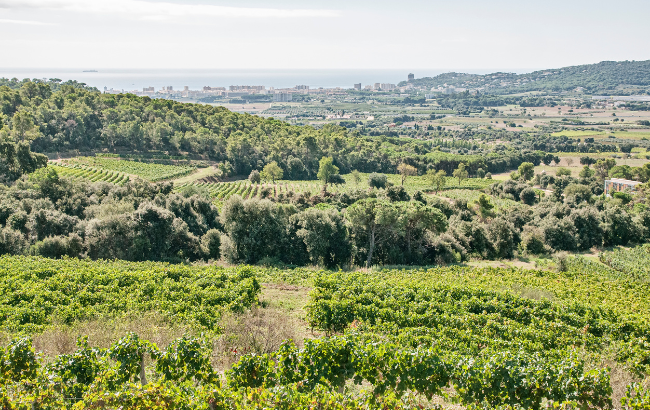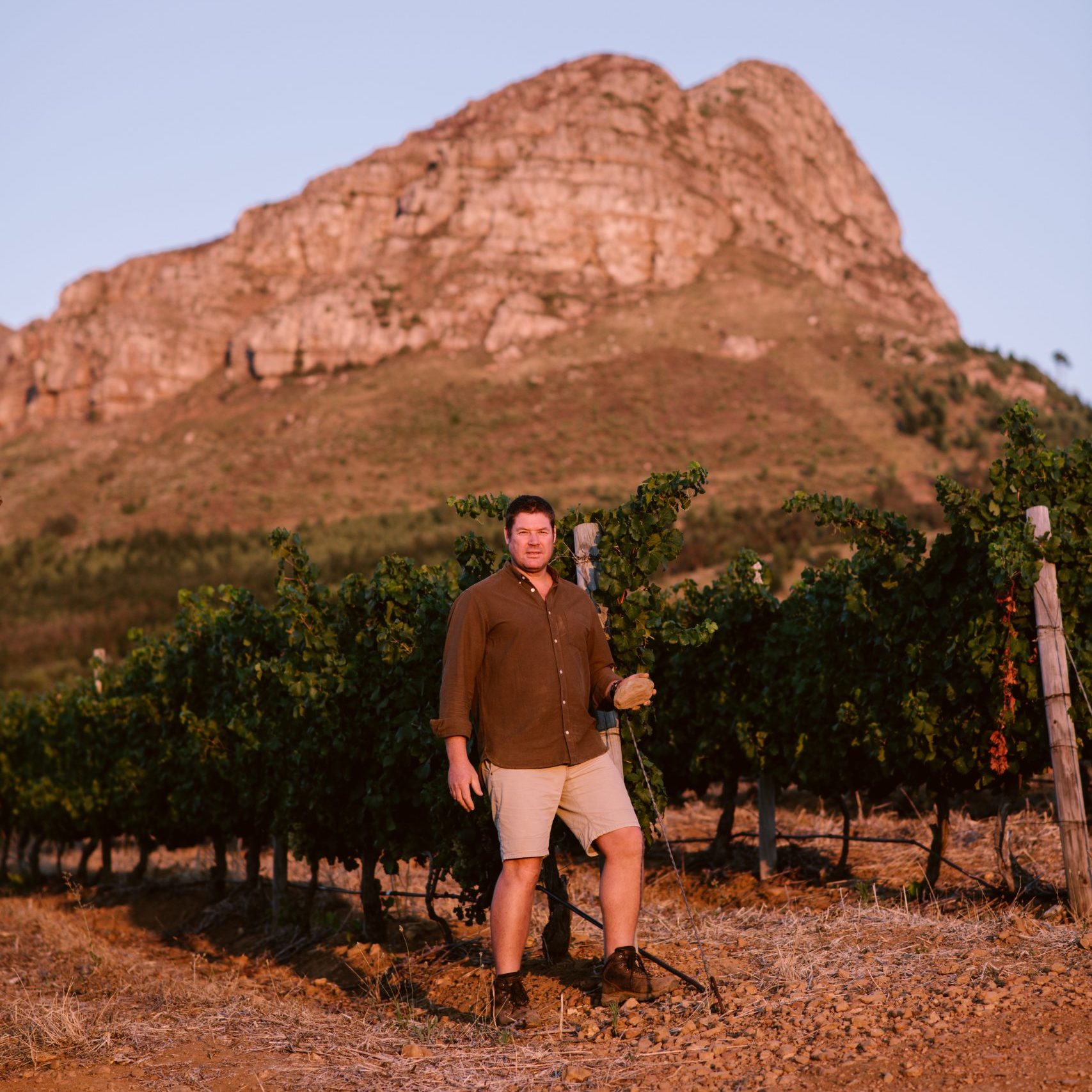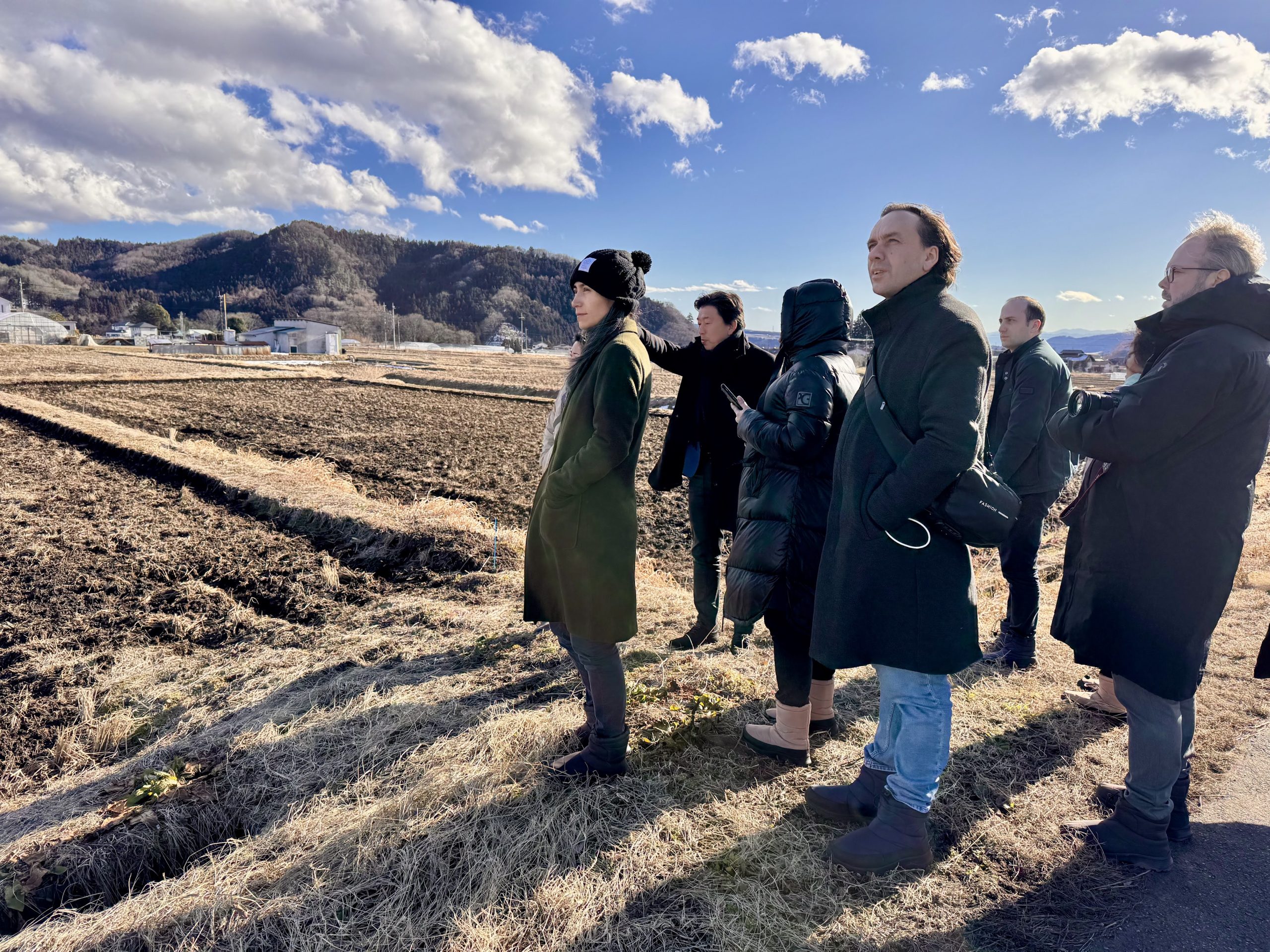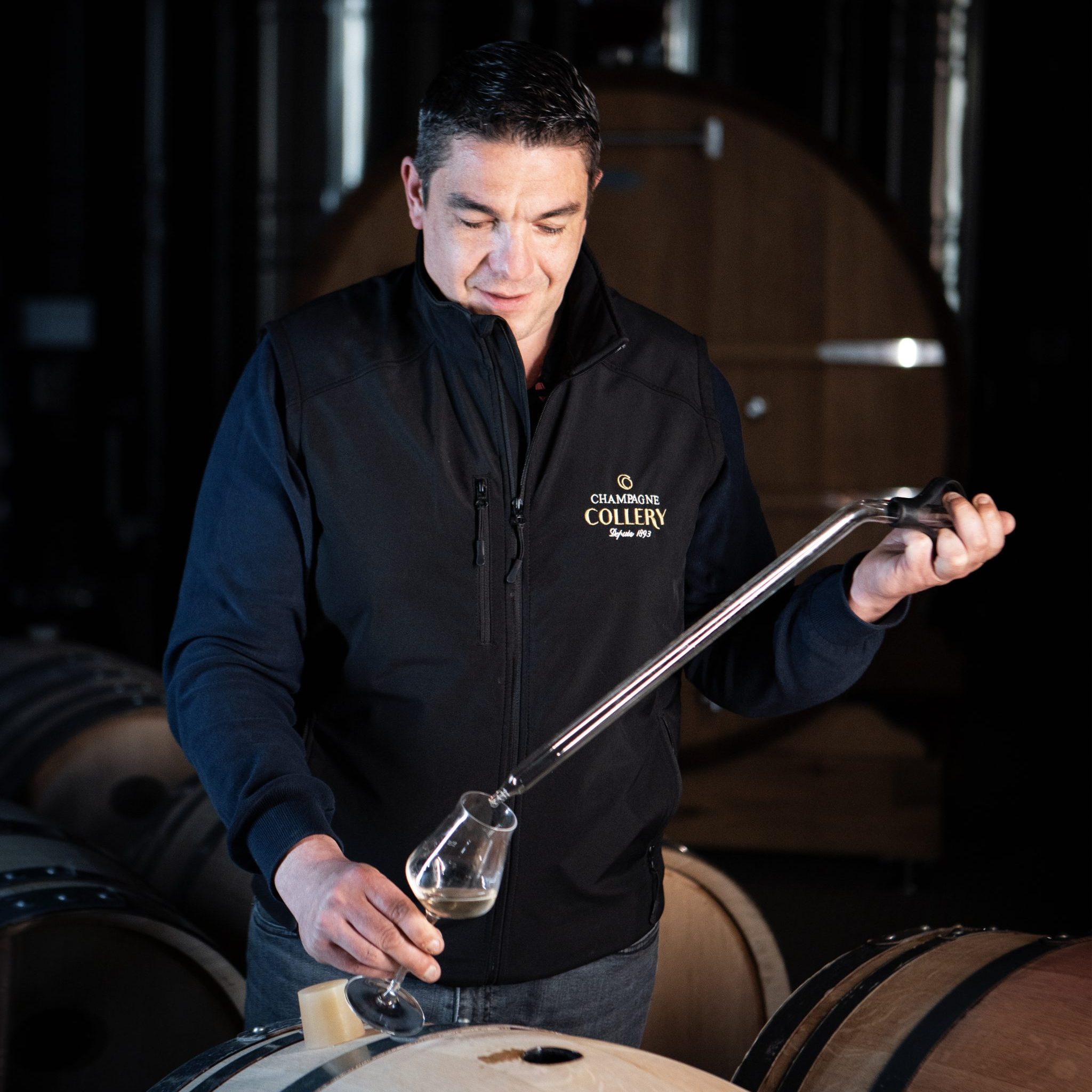Malbec plantings on the up in Bordeaux
By Patrick SchmittAn increasing amount of Malbec is being planted in Bordeaux according to owner and director of Château Civrac, Mark Hellyar.
The grape, which before the advent of phylloxera in the 1860s covered much of the region’s vineyards, is making a comeback because of the spice and colour it gives to blends.
“There is definitely more planting of Malbec occurring in Bordeaux,” said Hellyar, who was born in Cornwall and bought the Côtes de Bourg-based château in 2005.
“And I’m sure that this is a trend that will continue,” he added.
He also told the drinks business that the 25% proportion of Malbec plantings at the château gives the wines spiciness and “great colour”, and the grape is becoming the Civrac’s “USP”.
Hence Hellyar is increasing the plantings of Malbec at the property and an unplanted parcel of land at Civrac will next year feature Malbec along with Cabernet Franc.
He added: “As the rules for planting have been recently relaxed, I am now able to plant non-traditional grape varieties. I’m quite tempted to plant a little Pinot Noir as this is so unusual and will undoubtedly cause many questions to be asked.”
Continuing he said: “Well, I’m Cornish, maybe a little maverick in spirit and I quite like the idea of being a Brit in Bordeaux planting a Burgundy grape.”
As previously reported by the drinks business, the Cheval des Andes Bordeaux “first growth” from Argentina was inspired by Cheval Blanc president Pierre Lurton’s hunt for the Right Bank estate’s lost Malbec.
Partner Content
After phylloxera had devastated St Emilion’s Malbec-covered vineyards, replanting was mostly with Merlot because Malbec didn’t take to grafting.
Lurton’s search in the late ’90s for a touch of St Emilion’s history took him outside France and eventually to Argentina, where he discovered ungrafted Malbec, in particular the 76-year-old Las Compuertas Vineyard in Vistalba, Mendoza.
Hence in 1999, a joint venture between Mendoza’s Terrazas de los Andes winery and Bordeaux’s Cheval Blanc was born.
However, Hervé Fabre, who was born in Bordeaux and is currently owner and director of Argentina’s Fabre Montmayou, doesn’t believe Bordeaux’s climate today is right for the consistent ripening of Malbec.
“Some producers, particularly those in the Côtes de Blaye, are planting and using Malbec, but the climate is not suitable for ripening the grape on a regular basis,” he said.
“If Bordeaux becomes hotter due to climate change, then maybe it would ripen more consistently, but at the moment it is not really viable,” he concluded.
Patrick Schmitt, 16.09.2010





“Burgundy” grape for Malbec? Come on! The variety is actually called Cot and is part of a larger (extended) family of varieties (such as all the cabernets) whose origins are clearly in the south-western corner of France. The cot/malbec is probably from the Lot. The confusion, as so often in similar cases, stems from the fact that the growers in Cahors for many years misnamed this grape (for a reason unknown to me) “auxerrois” , and Auxerre lies in the northern part of Burgundy. But, if it has a hard time ripening in Bordeaux (as Fabre rightly says), how on earth could it ever ripen next to Chablis ?
The Cahors versions usually show more acidity and harsher tannins than the Argentinian ones, but the stylistic gap is closing, partially due to global warming (perhaps) and partially through better viticulture in Cahors, and also the search for cooler regions in Argentina. Agentinian malbec has been very successful commercially but can appear over-alcoholic and thick in terms of taste, for many of the wines at least. As to the potential in Bordeaux, I would have reserves, on account of the far damper climate than either Cahors or, of course, a lot of Argentina.
David,
If you re-read the article you will find that the Burgundy reference was to Mark Hellyar’s plan to experiment with planting Pinot Noir in Bordeaux, not suggesting that Malbec was a Burgundian grape.
“As the rules for planting have been recently relaxed, I am now able to plant non-traditional grape varieties. I’m quite tempted to plant a little Pinot Noir as this is so unusual and will undoubtedly cause many questions to be asked.â€
Continuing he said: “Well, I’m Cornish, maybe a little maverick in spirit and I quite like the idea of being a Brit in Bordeaux planting a Burgundy grape.â€
I’ve planted some Pinot Noir in Bordeaux, purely as an experiment of course. You can see pictures of it changing colour on my blog here [url]http://blog.bauduc.com/2010/08/27/august-veraison-banned-red-grapes-changing-colour/[/url]It certainly ripens earlier than the permitted varieties of Merlot, Cabernet Franc, Cabernet Sauvignon, Carmenère, Malbec and Petit Verdot. As far as plantings in Bordeaux are concerned, 89% of Bordeaux vineyards are planted with red, with 64% Merlot, 24% Cabernet Sauvignon, 11% Cabernet Franc. The last 1% is a combination of Malbec and the others combined. No need for the Mendoza boys to be worried just yet.